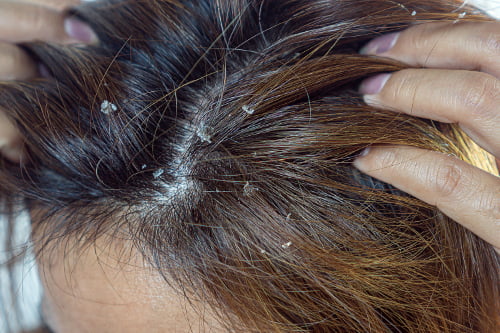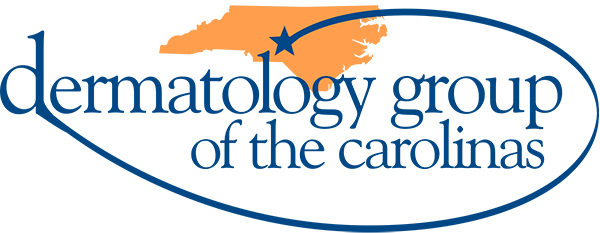
Overview:
Seborrheic Dermatitis is a common, chronic type of dermatitis that mainly affects regions of the scalp, face, and trunk that are rich in sebaceous glands (ie, oil glands). There are both infantile forms of seborrheic dermatitis as well as adult forms of seborrheic dermatitis. Occasionally, seborrheic dermatitis is associated with psoriasis, which is referred to as “sebopsoriasis”. Dandruff is an uninflamed form of seborrheic dermatitis.
Symptoms:
Seborrheic dermatitis presents as red patches with white to yellow, greasy scale.
Infantile seborrheic dermatitis, cradle cap, affects babies under the age of 3 months. It presents as diffuse, greasy scaling on scalp and may spread to affect armpit and groin folds. It usually resolves by 12 months of age.
Adult seborrheic dermatitis tends to begin in late adolescence is most common in young adults and in the elderly. Adult seborrheic dermatitis is more common in males than in females. Adult seborrheic dermatitis affects the scalp, face – within the eyebrows, creases around the nose, behind ears, and upper trunk.
Causes:
The cause of seborrheic dermatitis is not completely understood. Seborrheic dermatitis is associated with proliferation of various species of the skin yeast called Malassezia. By-products
produced by this yeast may cause an inflammatory reaction on the skin that leads to seborrheic
dermatitis.
Although seborrheic dermatitis is associated with yeast, it is not infectious.
Treatment:
Treatments for seborrheic dermatitis are often very effective, and frequently patients can achieve and maintain normal appearing skin with ongoing therapy. However, if treatment for seborrheic dermatitis is discontinued, the condition recurs. Below are some treatments that may be recommended.
- Antidandruff shampoos – shampoos containing tar, salicylic acid, zinc or sulfur can with
scaling and redness. Recommended brands include: Neutrogena®, Head & Shoulders®, DHS Shampoo®. - Topical corticosteroids or topical calcineurin inhibitors may be prescribed to reduce
inflammation and help itching and redness. - Topical antifungal creams and shampoos can help to reduce yeast on the skin to prevent
inflammation.

